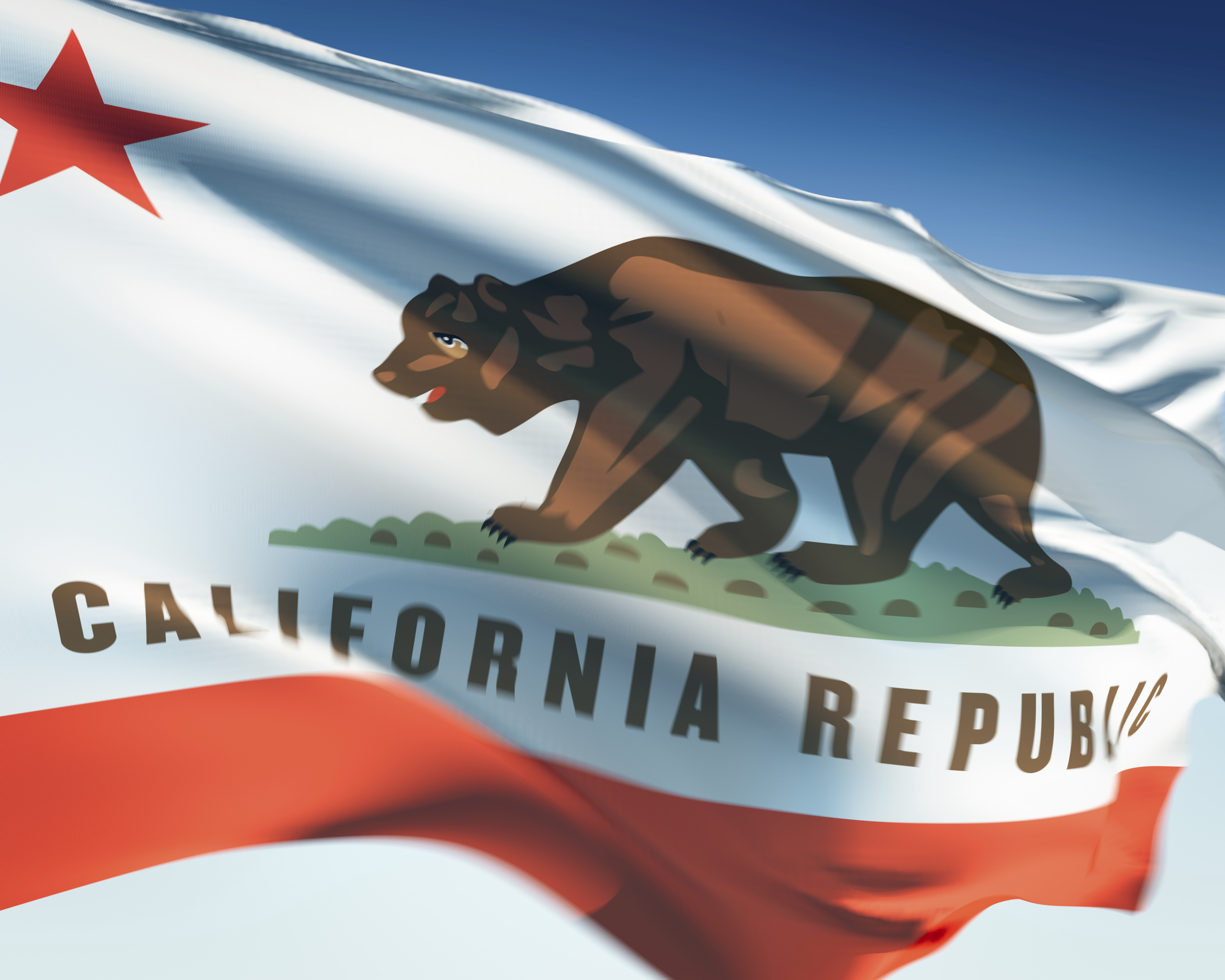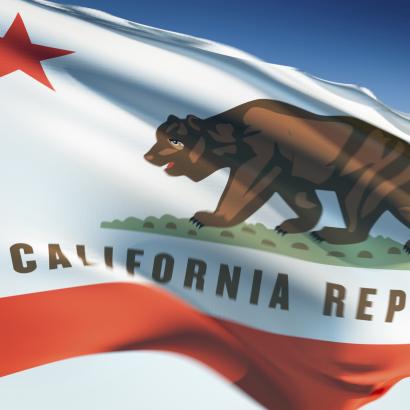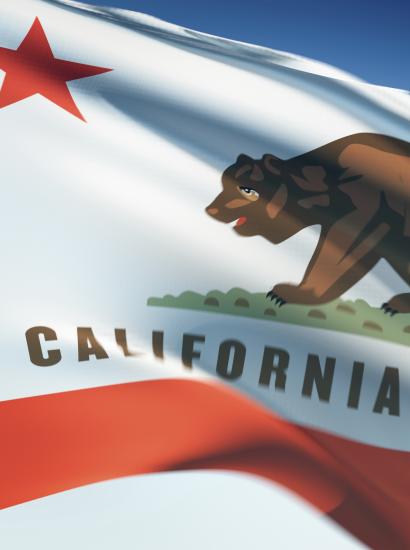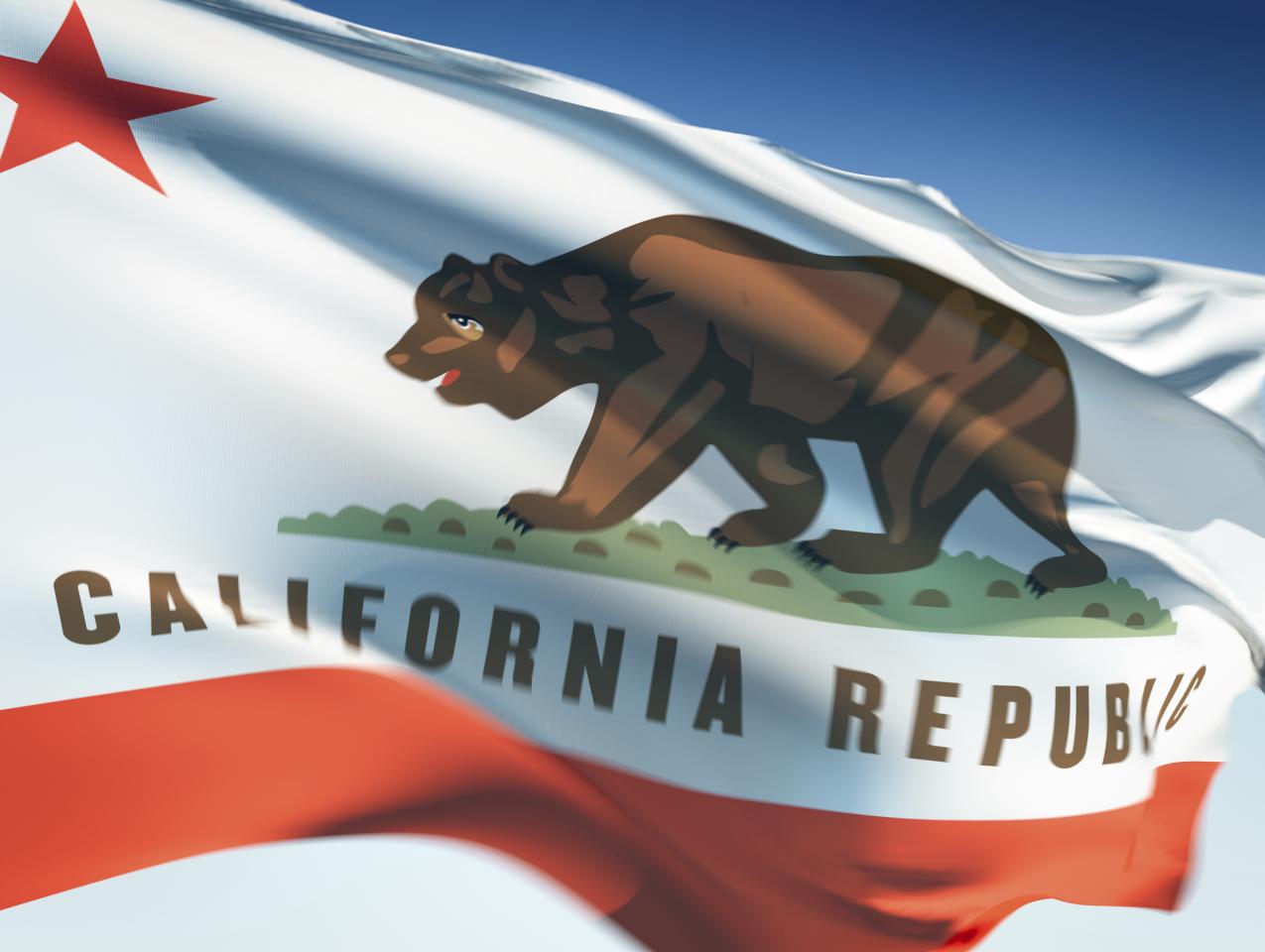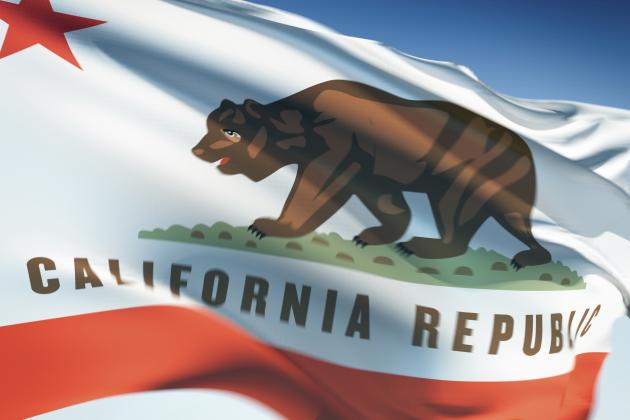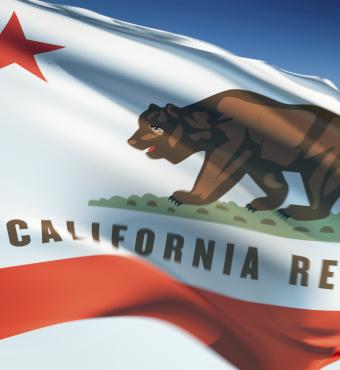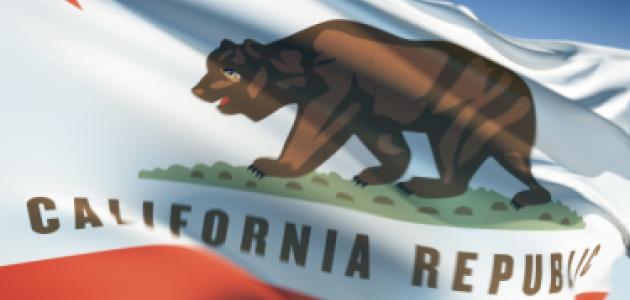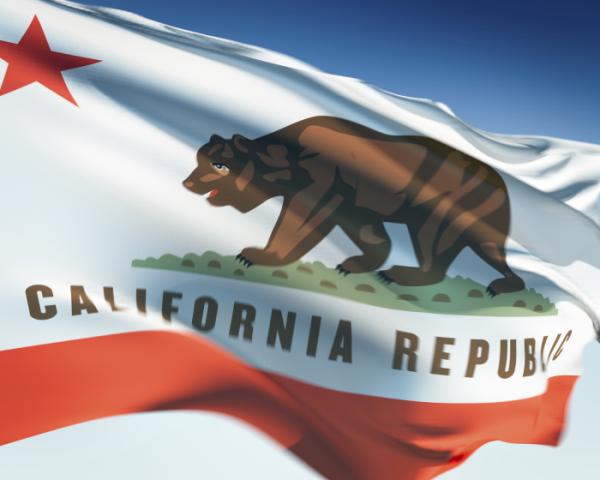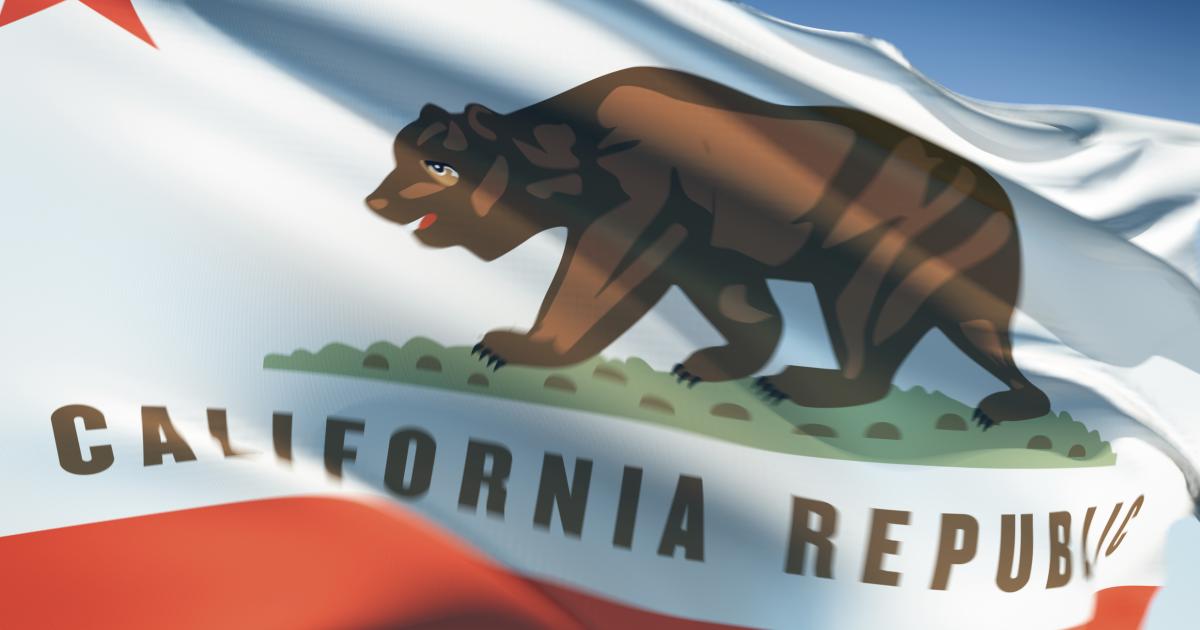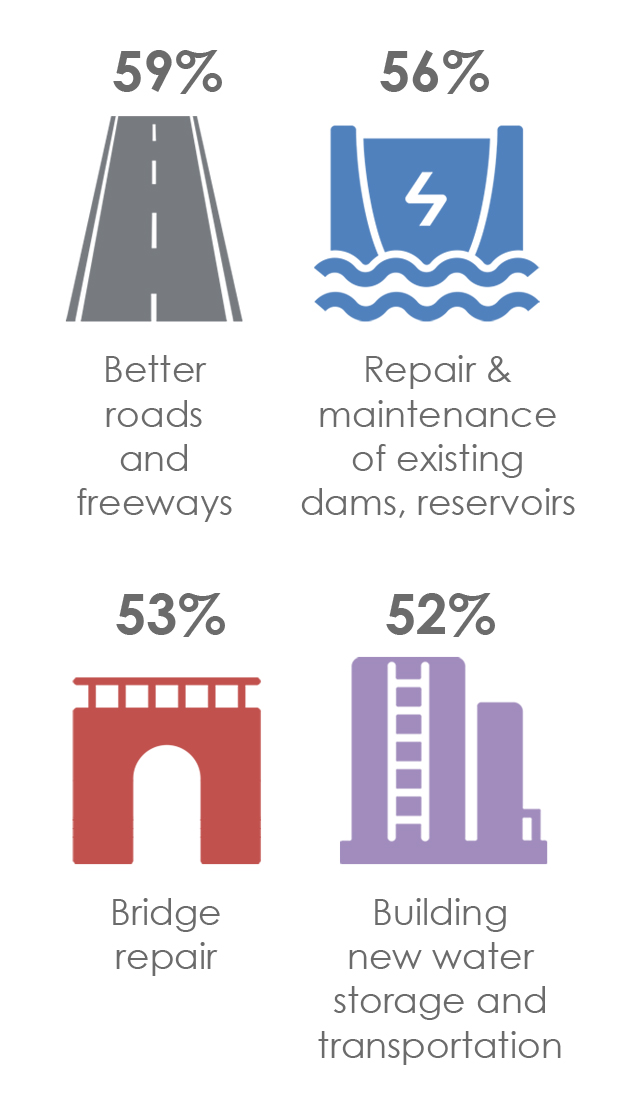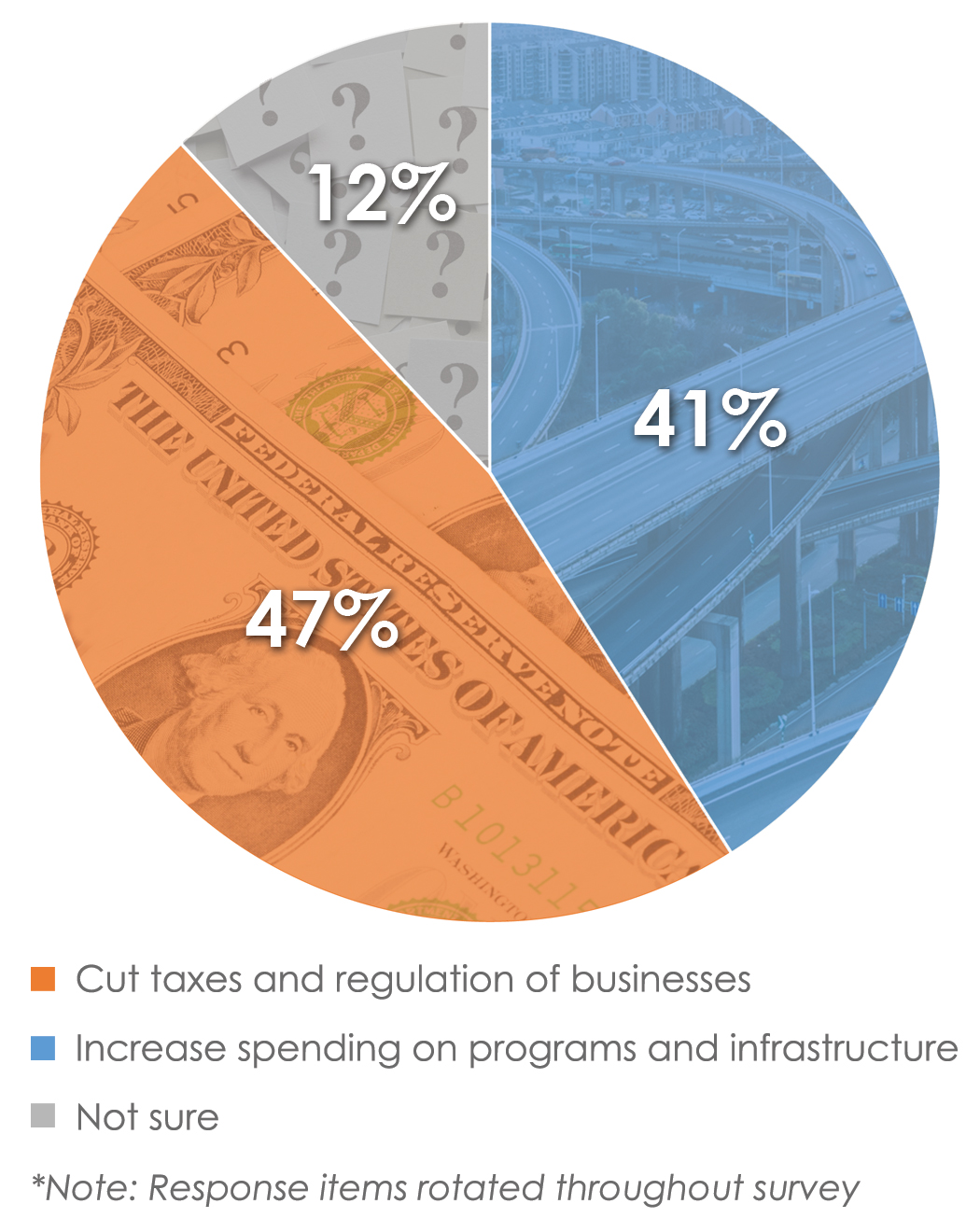- Politics, Institutions, and Public Opinion
- State & Local
- California
This spring saw the routine preparations for the annual May Revision of California’s proposed state budget disrupted by the political bargaining required to raise the gas tax for the first time in 23 years. In the midst of that unusual political scene, the Hoover Institution’s Golden State Poll surveyed Californians about their economic well-being and their opinions on economic policies that impact the nation-state’s global-sized GDP including infrastructure spending and a possible revisit of the property-tax limiting Proposition 13.
The survey, administered by the survey research firm YouGov, was conducted April 28 – May 4, 2017. The survey’s sample was 1700 adult Californians, including about 1500 self-identified registered voters. The margin of error is plus or minus 3.75 percent for the full weighted sample. The full results, with data reported by demographic and political groups, are available here.
Among our most notable findings:
Your Tax Dollars As Work: Support for Infrastructure Spending
As we were writing our survey and getting ready to poll Californians, Gov. Jerry Brown and the State Legislature were in the middle of a heated debate about increasing the state gas tax to pay for road repair as well as other government spending. Rather than asking a specific question about a particular version of that bill that might not be the final legislative package, we opted for a more general question to gauge Californians’ appetites for paying higher taxes to support road repair. With this approach, we also asked about a range of other possible infrastructure projects. The idea was to measure where road repair and improvement, just one of California’s infrastructural needs, sits in the minds of Californians.
Of the twelve types of projects we offered, Californians said they’d be willing to have their taxes go up to pay for four of them: better roads and freeways (59%), repair and maintenance of existing dams and reservoirs (56%), bridge repair (53%), and building new water storage and transportation (52%)
Democrats, Republicans, and Independent voters had similar patterns of support for the different infrastructure projects. All of these groups had the four road and water-related projects as their top choices. Majorities of Democrats and Independents said they would be willing to pay higher taxes for each of these types of projects.
Republicans, however, did not reach majority support for any of the projects. Their aggregate levels of willingness to pay higher taxes for these four projects ranged from 43% (better roads and freeways) to 31% (bridge repair).
Another point of note: respondents who report the highest levels of interest in following political news were the mostly likely to say that they would pay higher taxes for repair and maintenance of existing dams and reservoirs (61% compared to 49% among the rest of survey respondents). This suggests that these respondents might be thinking about the problems with the Oroville Dam and other sites being covered in the news as they form their opinions about public policy choices.
The upshot: Californians’ priorities for infrastructure spending by Sacramento are solidly focused on roads and water. Beyond that, state policymakers are going to have a much tougher sell on tax increases for infrastructure investment funded by state tax dollars.
At the bottom of Californians’ lists: electric vehicle charging stations (26%) and port facility modernization (23%).
This question was a rare good-news time for California high-speed rail. With a track record of coming in dead last on our other surveys when we ask about issue priorities, high-speed rail managed to place ahead of electric-vehicle charging stations and port modernization. Thirty-two percent of Californians said they were willing to see their taxes go up to pay for high-speed rail. This was just two percent shy of the 34% who said they would pay more tax dollars to have government investment in public high speed Internet.
Age differences came across loud and clear on willingness to pay more taxes for both public high-speed Internet and high-speed rail. More than half (51%) of 18-29-year-olds we surveyed said they would pay higher taxes for public high speed Internet. This is in contrast to 36% of those 30-44, 33% of respondents aged 45-64, and just 15% of Californians 65 or older. Almost half, 45%, of 18-29-year-olds were willing to pay more for high-speed rail. Like with high-speed Internet, support declined across the older age groups.
Prop 13: Split Roll
We also survey a potential brewing storm in California politics: the prospect of repeal of the commercial property tax provisions of Prop 13. Approved by California voters two years before Ronald Reagan’s landslide presidential win, some historians cite the Prop 13 tax rebellion as the opening salvo of 1980’s Reagan Revolution.
With our Internet-based survey administration, respondents read our questions rather than listening to them read over the phone. This means we can ask longer questions that include more detail about policies with less risk of our respondents not following the question. In the May survey, we took advantage of this to measure public opinion on reform of Prop 13. We provided a fairly detailed explanation of Prop 13 and what would be involved in making a change to treat commercial and residential property differently for property taxation – in Sacramento parlance, a “split roll.” We were even able to include brief arguments for and against the change.
Among our full survey sample, Californians broke slightly in favor of repealing the Prop 13 limits on commercial property while maintaining the residential protections. Thirty-nine percent said they were either somewhat or strongly in favor of removing the commercial limits while retaining the residential protections. Fewer Californians, 33%, responded that they opposed a change to a split roll.
Notable was the consistency in support for Prop 13 reform across Californians who said they owned residential property and those who said they were not currently homeowners. Thirty-nine percent of both groups supported a split roll reform to Prop 13.
The differences between owners and non-owners are found in levels of opposition to changing Prop 13 along these lines. While 39% of residential property owners said they opposed a split-roll (the same share as said they supported it), only about a quarter, 26%, of non-owners took a position against a split roll.
That leaves 34% of non-owners who said they neither supported nor opposed the reform at this time. One of the key challenges for Prop 13 reformers, then, is to persuade renters who are undecided that should support split roll – and show up to vote for it.
How Keynesian are Californians?
We also asked Californian’s some big-picture questions about economic policy, focusing on what voters consider the best incubators of economic growth and whether the credit should go to the government or the private sector. In other words, are Californians closer to Keynes or Hayek in their economic outlook?
We asked Californians who they thought did the most to create jobs and grow the economy: government, businesses, or consumers. Even in progressively “blue” California, the plurality answer, at 43%, was businesses. Consumers came in second at 33%, 12% identified “government,” and 11% said they were not sure.
Democrats provided the most interesting responses. They were most likely to say “consumers” at 41%, and actually twice as likely to answer “businesses” (31%) as “government” (15%).
Republican responses were mostly as to be expected, with far and away the most popular answer being “businesses” (66%). “Government” and “consumers” had similar low-double-digit response rates (12% and 16%, respectively). If there was a surprise in these findings, it would be that “government” received double-digit support among Republicans when only 7% Independent voters said the buck stopped with government.
We followed up that question by asking about the best way for government to encourage economic growth and job creation. Again, despite the partisan make-up of California’s state and national-level elected officials, Californians’ positions on economic policy are not so decidedly Democratic. When given two broad sets of policy options: increase spending on programs and infrastructure or cut taxes and regulation of businesses, Californians went slightly in favor of the limited government approach, with 47% choosing a reduction in taxes and regulation while 41% pointed to government actions to increase spending.
The California Economy and the Trump Presidency
Let’s be upfront about the realities of public opinion survey work; sometimes a big news event related to your survey question injects itself between the time you conduct your survey and when you release your results. In the case of the last month and events surrounding the nascent Trump Administration, sometimes dozens of important news cycles happen.
So it’s with a cattle car of caveats that we share our findings related to public opinion among Californians about the Trump administration and its possible impact on this state’s economy.
We wanted to see if Californians had adjusted their expectations for a Trump presidency now that it’s been underway for a few months. So we re-asked our question on this topic from our January 2017 poll.
What we discovered: the share of Californians expecting a “successful” Trump presidency was stable – and low: 35% in this spring survey, and 36% in the January 2017 survey.
The percentage of Californians who are pessimistic increased slightly, with 54% responding that they expect Trump’s term to be “unsuccessful,” compared to 46% back in January. The motion toward the negative evaluation comes entirely from Democrats and Independents. Republicans were not just holding the line on “unsuccessful” expectations (9% across both surveys). The percentage of Republicans responding that they had positive expectations ticked up a bit, from 76% in January to 82% in our latest survey.
In this survey, we also asked Californians to think specifically about the Trump administration’s possible effect on the California economy. Consistent with the overall assessment of a Trump presidency, only 29% of Californians said they were “confident” in Trump’s ability to improve the California economy, while 60% felt “uneasy.”
Given the political events of the last month, these figures almost certainly represent a high watermark among Californians for the Trump presidency. Unless, that is, many Californians who were previously negative about or doubtful of Trump found reasons for optimism in the House vote on the AHCA or leaked details of the president’s budget.
Last But Not Least: The Microeconomics
In addition to our usual set of questions about Californians’ financial well-being, we asked about finances compared to their parents, prospects for California’s next generation, and the feasibility of affording retirement. To highlight our findings on just two of these questions:
For all the dire reports about milennials and their harrowing finances, the youngest cohort of Californians in our survey – 18-29 years olds – aren’t, as a group, bemoaning their plights. These young Californians are more likely to say they’re better off than their parents were at their age than say they are worse off (41% better off to 26% worse off). They’re also just as likely, statistically speaking, to say “better off” than 30-44 and 45-64-year-olds (39% and 38%, respectively).
The only age group that doesn’t run in the positive direction are 45-64-year-olds, the parents of young adults in college or at the earliest stages of their working lives. Thirty-eight percent said they were better off than their parents but 40% responded that they were worse off. That 40% “worse off” response rate is also the highest negative assessment across the four age groups.
When we asked about the future economic prospects of the next generation compared to their parents, predictions were less sunny – although they were also less dour than might be expected. Among 18-29-year-olds, the responses were 31-36% (next generation better off v. worse off than parents). The next age cohort, 30-44, held similar views (31-37%), while the two oldest age groups, 45-64 and 65+, were most pessimistic as a group (24-43% and 25-44%, respectively).
When asked to take the long view about the prospects for the next generation, there was a stark difference between white and Hispanic respondents. Only 20% of white Californians said they expected the next generation to do better than their parents, and 46% said they expected them to do worse. But among Hispanics, the view was more positive than negative, 35% to 32%.
That brighter outlook among Hispanic respondents is a good reminder that we can’t always understand the California economy and public opinion about it without paying attention to who Californians are today—and will be increasingly so in the future.
Tammy M. Frisby, Ph.D., leads survey design and data analysis for the Hoover Institution Golden State Poll. She is a research fellow at the Hoover Institution.







